Description
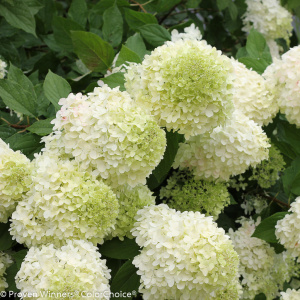 Features
Features
Dwarf ‘Limelight’ hydrangea!
Compared to its famous sibling ‘Limelight’, Little Lime hardy hydrangea (Hydrangea paniculata) may seem like a pipsqueak. Don’t let this petite shrub fool you. While maintaining its short stature of 3-5’ tall and wide, it really packs a visual punch in the garden. In summer, lime green blooms open on strong stems – no drooping here. As it ages, rich pink coloring emerges to prolong the show through fall.
Little Lime hydrangea is small enough to grow in containers and also stands out as a bold mass planting. Its bright bloom coloration makes it an excellent choice for cut flower gardens and can be used fresh or dried. This reliable performer blooms on new wood, so a quick trim in late winter or early spring will encourage fresh growth and an abundance of buds. Like most hardy hydrangeas, it is hardy to Zone 3 and does best in full sun or part shade.
Summer flowers open soft green and turn pink and burgundy in fall.
2016 – Selected as landscape plant of the year
2015 – Awarded a Gold Medal from The Royal Boskoop Horticultural Society.
2013 – Awarded Plantarium Gold Medal
2013 – Green is Life Bronze Medal
2011 – American Nursery & Landscape Association (ANLA) Management Clinic Best New Plant award.
Characteristics
Plant Needs
Excellent for the mixed border or foundation plantings. This compact, hardy hydrangea fits easily into smaller landscapes, including container gardens.
Prune in late winter/early spring. Apply a controlled release fertilizer in early spring. A supplemental dose of liquid feed may be needed in mid summer. Soil pH does not affect bloom color.
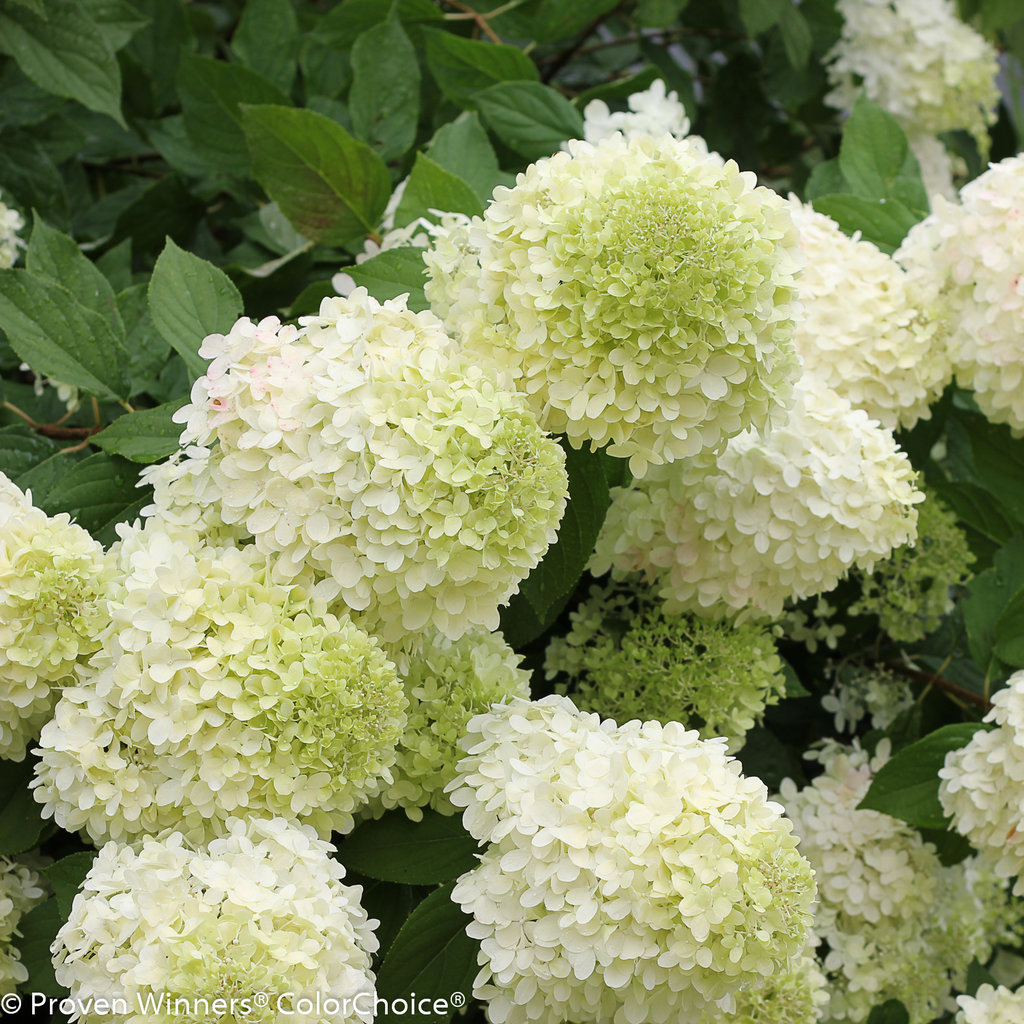
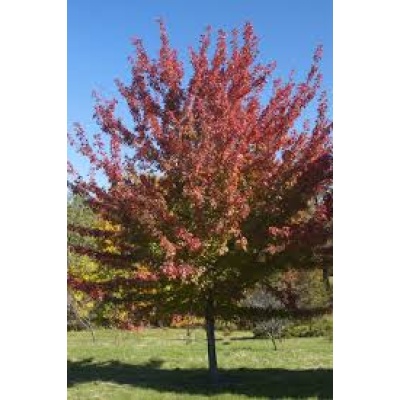
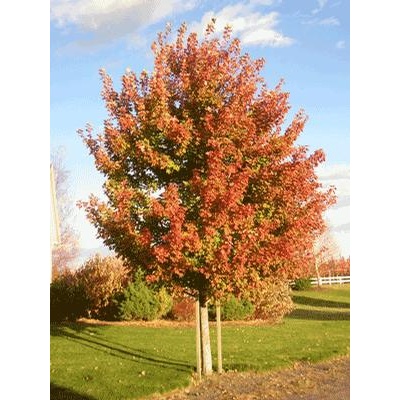
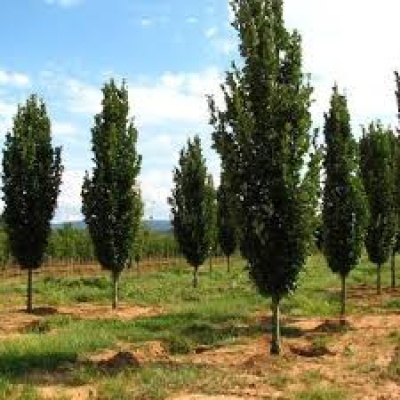
Reviews
There are no reviews yet.